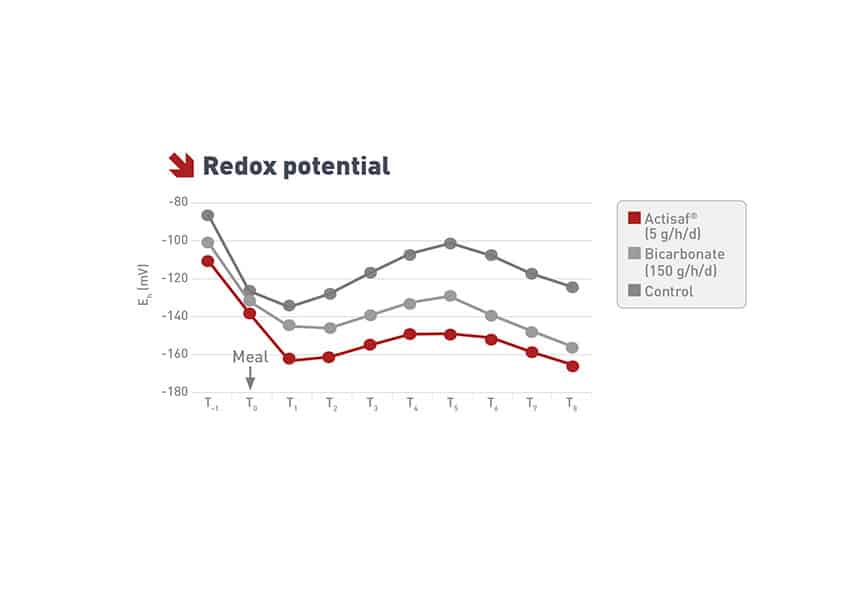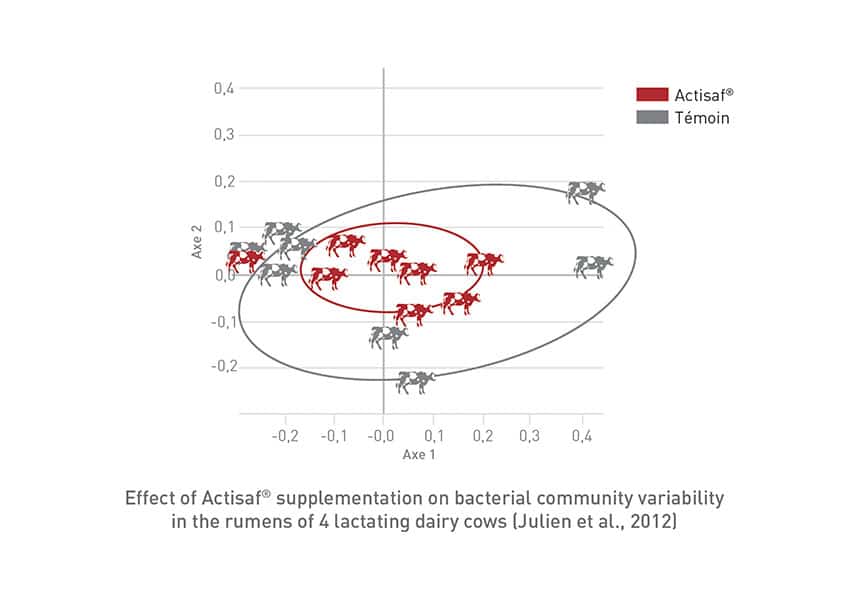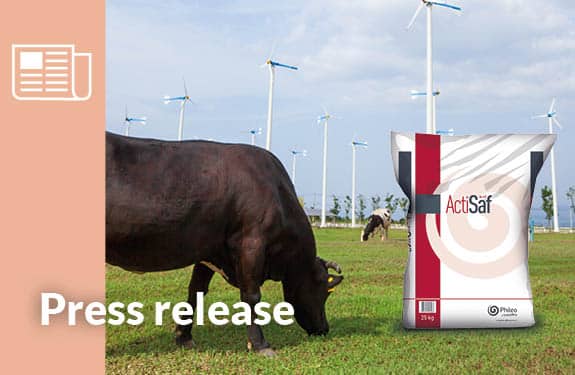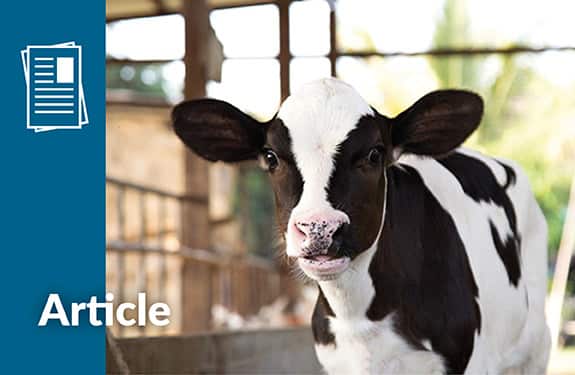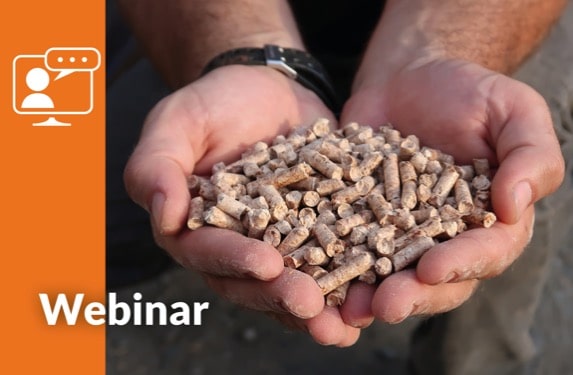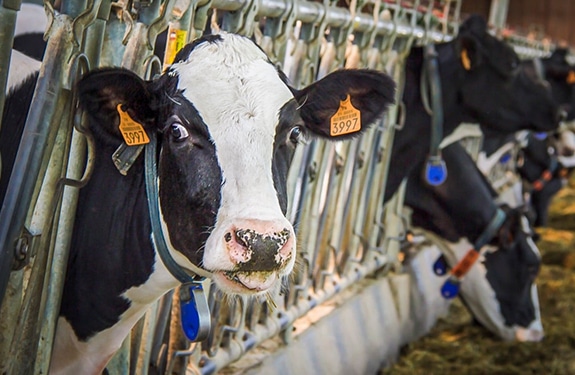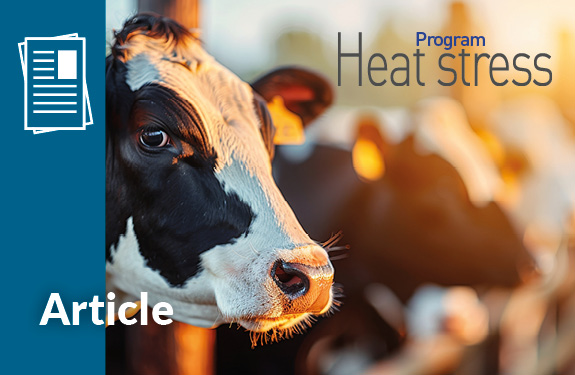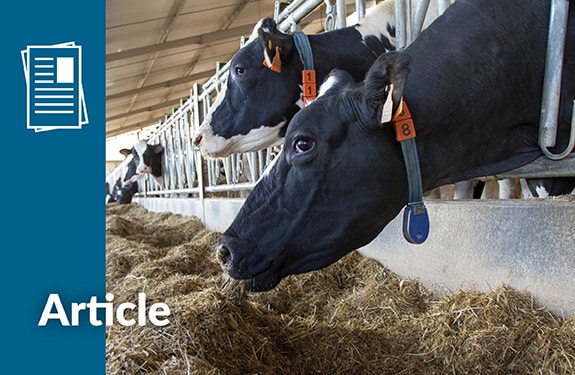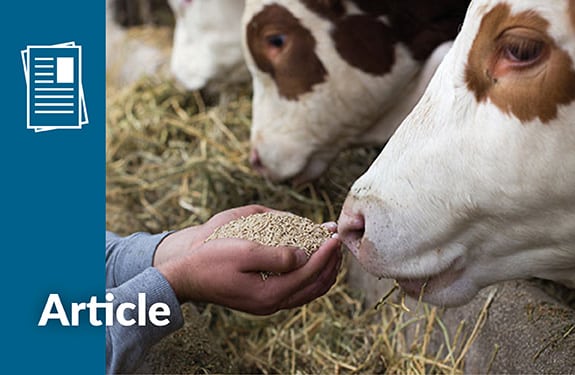Rumen health & feed efficiency
Cow digestion occurs predominantly in the rumen, through fermentation by microbes rather than digestion by the animal itself. It would be true to say that feeding the cow is feeding its rumen microbiota. The rumen is a large fermenter with a volume of around 180 litres of material containing approximately 150 billion micro-organisms per teaspoon. Rumen disturbances can result in inadequate animal performance and a negative impact on farm profitability due to poor feed conversion rates, resulting in less milk being produced.

Rumen digestion
Nonstructural and structural carbohydrates make up the largest part of a dairy cow’s diet. They are fermented by the micro-organisms in the rumen and converted mainly into volatile fatty acids (VFAs) which supply 70-80% of the cow’s energy demands. VFAs are readily absorbed in the rumen, giving the cow easy access to use them for milk production. However, an imbalance between structural and non-structural carbohydrates can lead to an overproduction of lactic acid and ruminal acidosis.
A healthy and well-functioning rumen, with good microbial balance, is able to efficiently digest structural carbohydrates (fibres). Fibres provide additional energy for milk production, maintain healthy rumen balance and VFAs for milk fat synthesis

Rumen disorders
Rumen health is generally assessed by its pH value. Lower pH values, below 6, are associated with ruminal acidosis and disturbances in microbial balance and fermentation. Subacute ruminal acidosis (SARA) comes with no clear clinical signs, making it very difficult to diagnose on dairy farms. SARA is associated with low feed conversion rates, poor fibre digestion, and milk fat depression. It is a common result of diet imbalance and increased levels of nonstructural carbohydrates, seen as starch.
To look further into microbial imbalance, we use another rumen parameter – redox potential (Eh). While pH gives us an idea about acidity in the rumen, Eh shows the activity and growth of ruminal micro-organisms. A disturbance in rumen microbial community is observed when Eh is increasing, and can often be associated with ruminal acidosis and poor-quality feed, a rapid change in the diet, mouldy silage with mycotoxins, etc.
Actisaf® added to the ration of lactating dairy cows increases the relative abundance of fibrolyitic and lactic-acid-utilizing bacteria by strengthening reducing conditions of ruminal environment.
Yeast probiotics for optimal rumen fermentation
Adding Actisaf® to dairy cow feeds supports lower rumen Eh in different diets. Actisaf® supplementation has been proven to significantly increase, in vivo, lactic acid utilising bacteria and fibre digesting bacteria in both high starch and high fibre diets.
Higher activity with lactic acid utilising bacteria, results in a lower accumulation of lactic acid and higher propionate.
Effect of Actisaf® supplementation on rumen microflora variability
Actisaf® also supports rumen bacteria adaptation during diet changes, resulting in fast and smooth dietary transitions with no decline in productivity.
Actisaf® Sc 47 supplementation decreases the inter-individual variability of ruminal microbiome during diet change, suggesting that live yeast has a stabilising effect on the microbiota. Therefore, Actisaf® Sc 47 could help to decrease variability within the herd, stabilising milk production by enhancing microflora balance in cows under challenging conditions.










